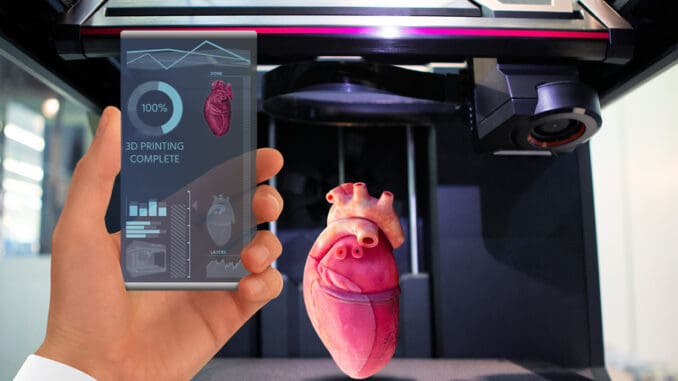
You may want to read this before you choose to donate any organs…

Story-At-a-Glance
Matt Cook here, and sometimes it can feel like even though millions of dollars is thrown into medical research…
We still don’t have the kind of technological advancements we thought we’d have by now…
But hold on a second… because this may actually be something to get excited about…
—-Important Message From Jack Grave—-
Scientists say these 4 foods immediately start tackling the root cause of erections problems
These foods give the male body crucial nutrients for addressing the chemical imbalances that lead to erections problems.
So with these 4 foods, you’re effectively training your body to produce the thickest and firmest erections you’ve ever managed…

Just by giving your body this natural support.
And just like Tom Brady preparing for the Super Bowl, putting in the right preparation can produce incredible results.
And now it’s as easy as eating these 4 foods for all-natural rock-solid boners
———-
3D printing new organs — possible?
Heart goes bad? Print a new one and replace it.
That’s the promise of science fiction, but it also may be reality sooner than we think.
There’s new technology on the horizon that makes it look like printing USEABLE complex organs like hearts and livers.
That could help many people live longer and healthier lives, but it’s not the easy solution that it might appear to be at first glance.
Here is how the technology works, and some of the problems I see that might happen with it.

3D printed organs are already a reality.
Right now, most organs can’t be printed with 3D technology because their blood vessel systems are just too complex for our current technology.
But bladders are one organ that can be printed from a patient’s OWN cells — which mostly eliminates the chances of rejection.
Skin can also be printed at this point.
“Flat structures like skin” are easiest to print, he says. Then “tubular structures like blood vessels and urethras” are a little more complex, with “hollow non-tubular organs like bladders” ‘tougher’ still.
But ‘toughest’ are “solid organs like hearts, lungs, and kidneys,” with “so many more cells per centimeter”.
The promise of this is huge, if researchers can 3D print organs on a mass scale from patients’ own cells…
Then it would eliminate the problem with a shortage of organs available for transplant and the need for patients to be on anti-rejection treatments.
And ultimately, bioprinting organs from people’s own cells will solve the “huge lack of supply” in organs for transplant, says Mr Morris, and do away with the need for anti-rejection immunosuppressant ‘treatments.’
This could dramatically increase the quality of life for so many people who are currently on organ transplant lists.
Organ printing technology is advancing.
Right now, though, there are still a lot of barriers to printing more complex organs, but technology is starting to solve those problems.
In APL Bioengineering, by AIP Publishing, researchers from Carnegie Mellon University provide perspective on the Freefrom Reversible Embedding of Suspended Hydrogels (FRESH) 3D bioprinting approach, which solves this problem by printing within a yield-stress support bath that holds the bioinks in place until they are cured.
That means that it’s possible for printed replacement organs to be available in my lifetime.
It’s a pretty remarkable development and one I could have never predicted when I was a kid.
You still need to take care of your health.
While replacement organs made from your own cells is remarkable and could help the quality of life for many people, it’s not a total solution for good health.
For instance, if you have heart disease, it’s not only your heart that is affected.
It’s almost always all the blood vessels and capillaries in your body.
So you may be able to eventually get a new heart, but the underlying health conditions that are causing heart problems are still there.
Which means that you would undergo an extensive and difficult surgery and still have the problems that caused the heart disease in the first place.
In my view, new medical technology can be fantastic but it can’t possibly replace the importance of looking after your health on a daily basis.
This is fueled in large part by what you eat (and that’s probably not what you think it should be) and how much sleep you get.
The good news is that your body has incredible healing properties.
So even if you haven’t taken care of your health up until this point you can start now and give yourself a much better chance at living a long and healthy life.
—-Important Message From Matt Cook—-
Important message for men who want to be healthy, happy, and independent to 120 (and keep having great intercourse)

I’ve found a hidden group of men in the Eastern Bloc who are living well past 100, even 115 and 120… AND having great sex.
Not just good sex, GREAT sex. As if they are men in their prime, in their 20s and 30s!
And I’ve identified one single thing these older men are doing (that I am now doing myself) that leads to a very long and sexy life.
Keep in mind, these men routinely smoke cigarettes, drink alcohol, and eat what they want.
———-

